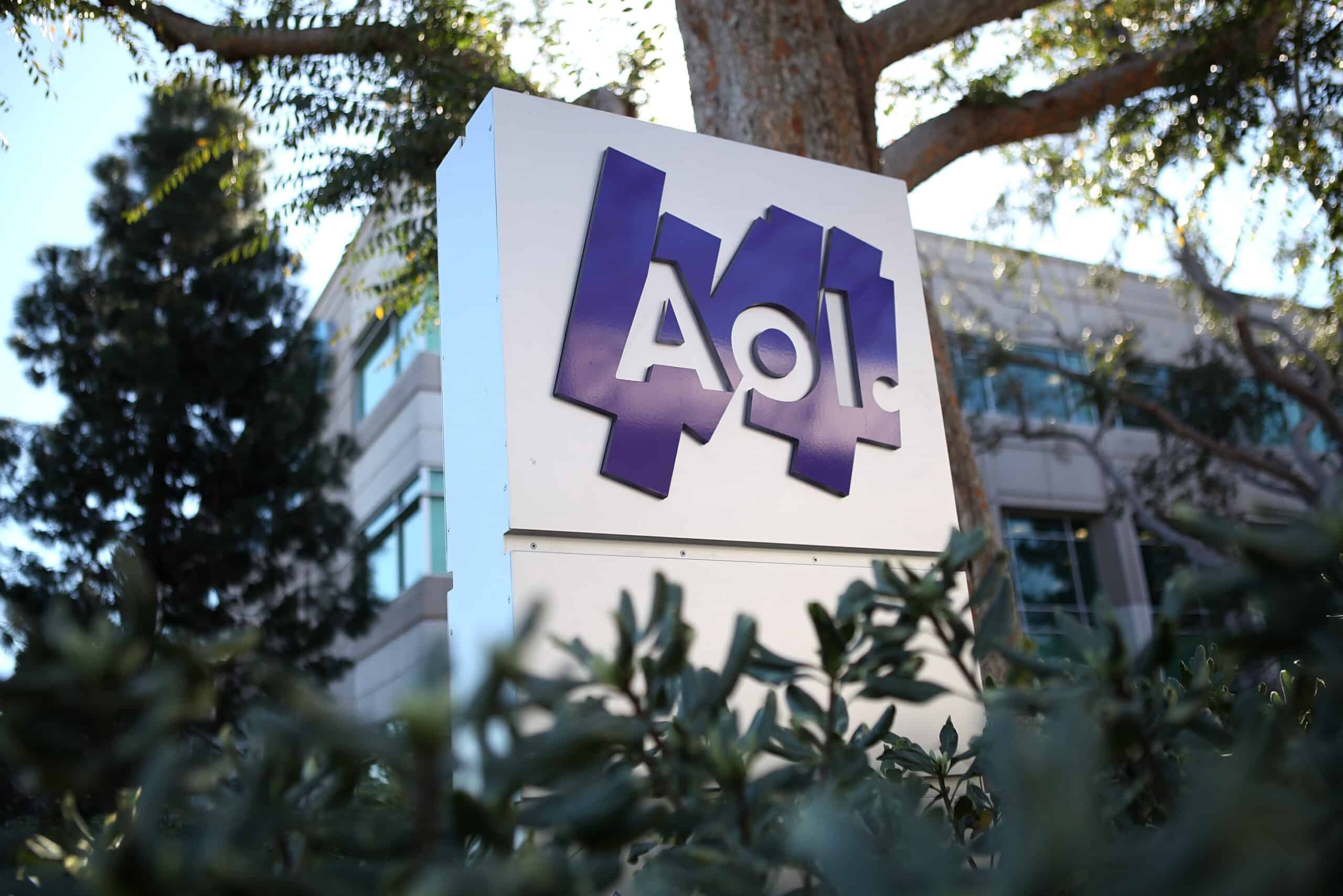With the famous words “You’ve Got Mail” in the back of my mind, I can easily talk about my love for all things AOL. Between AOL and Prodigy, this was my first experience in the online world. I’m not alone, AOL introduced millions of others to the concept of email and the World Wide Web.
The history of AOL.com, or America Online, is a fascinating story of one of the most recognized brands on the Internet. The one-time dial-up internet giant’s instant messaging platform and chat rooms helped grow the company and became popular in living rooms nationwide.
By 2000, AOL was famously providing internet service for more than 20 million consumers, far more than its next closest competitor. For this reason, we can use Wayback Machine to look back at AOL.com from July 2000 and see how it compares to the company website today.
You’ve Got Mail

I would be remiss if the first topic comparing these two websites 24 years apart didn’t start with email. At the height of its power in 2000, the first thing you see on AOL.com is the ability to access your email. It dominates roughly 20% of the page in a giant blue box, so your eye is immediately drawn to this square.

If you compare the priority of email from 2000 to 2024, the October 2024 website has little more than a mailbox in the upper right corner. Email has been deprioritized, and while it’s still in a dedicated area on the site, it’s far from being the dominant aspect of the page like it was so many years ago.
People & Chat

Along with instant messaging, one of AOL’s greatest use cases in 2000 was its chat groups. In this case, you can see a few different groups for love, romance, Britney Spears, personal pages, and private family pages. This dedicated section instantly brings you to a chat room where you can discuss these topics.

Today’s website shows absolutely nothing indicating these chat rooms have survived. In their place, we have the rise of social media, specifically websites like Reddit and other forum-like discussion pages dedicated to enabling like-minded people to talk about thousands of different topics with one another.
Web Centers

Similar to how AOL.com could direct you to a chat room in July 2000, it also had shortcuts on its homepage for “Web Centers.” Unsurprisingly, AOL focused on big topics like autos, computing, entertainment, health, government, local, parenting, and other hot topics that would allow AOL users to spend plenty of hours online surfing AOL’s different web portals.

On today’s AOL website, you have something similar, albeit a different type of destination. Web centers are no longer named as such. In its place, today’s AOL homepage gives you shortcut links to curated topic pages. For example, you have a page dedicated to the 2024 presidential election, entertainment, games, news, shopping, and sports.
Shopping

AOL of old was famous for shopping and as a hub for various brands. As the image shows, you can access Pets.com, Old Navy, Office Depot, and many other brands directly from AOL.com. I imagine AOL benefited from promoting these sites, but it also introduced new web visitors to online shopping.

Today’s AOL website has a dedicated shopping page, similar to the one in July 2000. Instead of directly promoting other vendors, AOL now gives you beauty, tech, and home tips, among other categories, and makes money through affiliate purchases. In addition, it writes blogs about the best holiday deals and similar topics to help you be a more informed shopper.
The image featured at the top of this post is ©Justin Sullivan / Getty Images.
